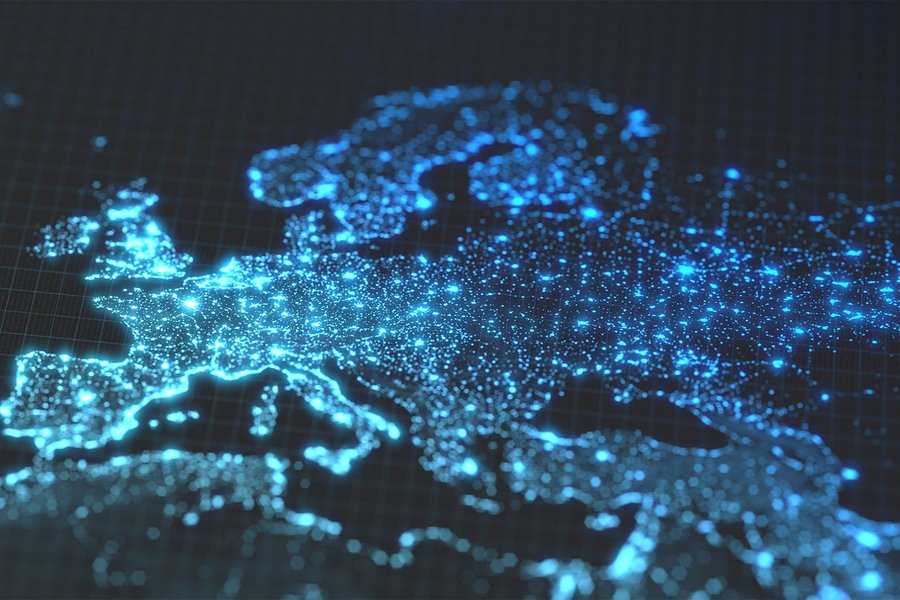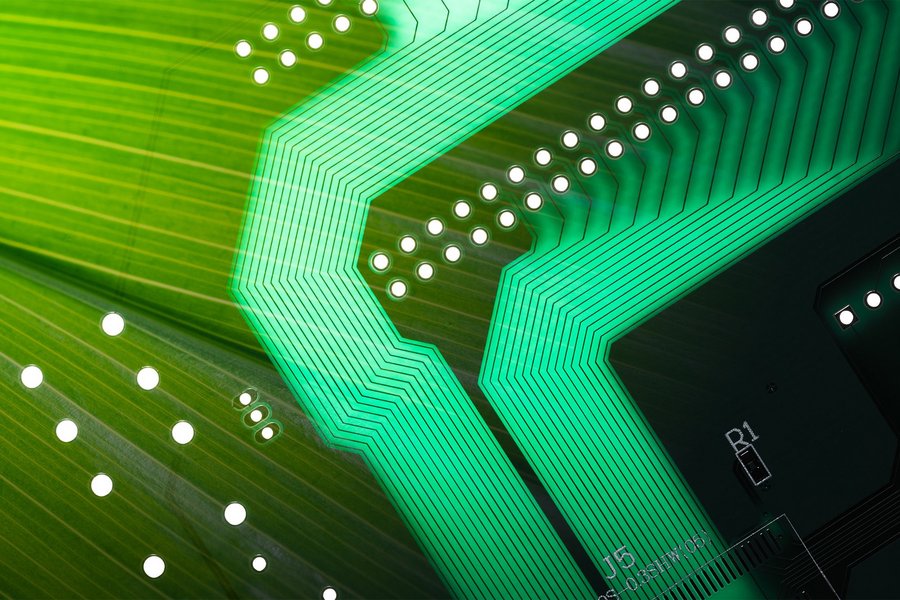Experts believe that we are entering a second renaissance of banking in which innovation and extra value to end consumers will separate truly successful payment and identity providers from the pack. Rapid and constant technological change brings the challenge of fostering – and maintaining – trust. However, rather than being seen as two separate entities, technology and trust must complement each other and be developed hand-in-hand. On November 17, 2020, Giesecke+Devrient hosted a Digital Client Exchange with conversations between experts from banks, fintechs, and payment providers to discuss how this relationship can be achieved. Participants from 39 countries took part to better understand what trends and technologies are on the horizon in the future of payment, banking, money, and identities.

The defining trends of our digital payment future
Disruption from COVID-19, rapid technological change and increasing pressure to enhance the sustainability of products is creating not only new customer needs, but also new payment processes. With this in mind, how can we design trusting relationships with customers in a changing payment world?
“We are going to see this year another peak in technology, evolvement, in R&D and innovation“
G+D Group CEO
Dr. Ralf Wintergerst, G+D Group CEO, says that $2,400 billion will be spent on technology and research and development this year. Payment providers must not only keep up with such a rapid pace of technological change, but also stay ahead of consumers’ changing needs. The global financial crisis in 2008 opened up a space for new banks, who cross the divide between fintechs and traditional banks. While people trust the stability and experience of traditional banks more then fintechs, the latter are much more adaptable in terms of technological innovation and resolving consumers’ pain points. As new models and solutions emerge, such as banking as a service and central bank digital currencies (CBDC), banking is becoming more of a connected ecosystem. Partnerships between these various players are now crucial for optimizing both convenience and payment security. With another crisis on our doorsteps, this trend of traditional banks adopting innovative technology will only grow. COVID-19 will likely act as a catalyst for new forms of payment and encourage banks and payment providers to become even closer to customers and their needs.
“We have a lot of partnerships with fintechs and new banks and try to work together with them“
Brand Experience Consultant, ING
The importance of diversity in payment
According to Gabrielle Bugat, Member of Group Management Team of G+D, heading the Smart Card & Digital Payment business of G+D, heading the Smart Card & Digital Payment business of G+D, “COVID-19 showed that payment is essential.” The pandemic has reaffirmed the importance of strong and secure infrastructure as the basis for new digital objects and ways of paying, which support new customer journeys. We have seen an acceleration of trends like contactless payments, which has encouraged user-friendly and trustworthy mobile apps and online payment methods that keep fraud under control. Only because such change was anticipated was the infrastructure able to support these modes.
Rather than going in a single direction, payments are diversifying to provide end consumers with multiple ways of paying, and to foster global financial inclusion. Cash remains a crucial form of payment as 80% of transactions are conducted in cash1 and only half of the world’s population uses mobile internet.2 At the same time, consumers’ demand for secure digital payment could be met by CBDC – a digital format of a public payment instrument. Providing such diverse means of payments ensures that more unbanked people across the globe are served and consumers can enjoy a frictionless banking experience, irrespective of their individual needs or circumstances.
On top of changing means of payment, different forms of cards – the representation of the bank in your pocket – are also emerging. From metal cards with more prestige to sustainable cards made from ocean plastic, or fingerprint cards for greater convenience, consumers are now able to choose new customer journeys. Importantly, card users can also become supporters of a cause, such as increased sustainability, by using a payment card as a tool to highlight their awareness of the problem and participate in the discussion about a solution. The COVID-19 crisis has further helped people to realize the impact of their choices, and showed companies the importance of staying adaptable.
Building a cooperative ecosystem
Another important collaborative relationship in the payment landscape is between public and private institutions to ensure up-to-date regulation. According to Charlie Walton, Senior Vice President of Digital Identity Products at Mastercard, identification processes have actually begun to lead payment, as these confirm who is being dealt with and then allow the payment process to flow. He refers to identities as “a collage of data” coming together to provide people the right to travel or the ability to make a secure transaction. Regulation, such as the European payment initiative (PSD2) and the EU digital ID scheme (EUid), encourages providers to innovate within a controlled environment, ensuring they uphold extremely high levels of security. Harmonization between governments and commercialized providers helps to strike this balance between security and innovation, between trust and convenience. “Effectivity is borne in collaboration,” says Walton.
“Technique and the use of digital identity in payment is just essential“
Senior Vice President of Digital Identity Products, Mastercard
In the payment ecosystem, many players need to come together to ensure a secure and trusting foundation for consumers. Fintechs must work with traditional banks, both of whom must work with public institutions. The focus in the future will be on sustainable technological innovation to ensure that customers’ changing needs are constantly being met, while simultaneously upholding the highest levels of security. As we move to a model of greater collaboration, all players must be active members of the conversation.
Published: 08/12/2020
Share this article
Subscribe to our newsletter
Don’t miss out on the latest articles in G+D SPOTLIGHT: by subscribing to our newsletter, you’ll be kept up to date on latest trends, ideas, and technical innovations – straight to your inbox every month.


